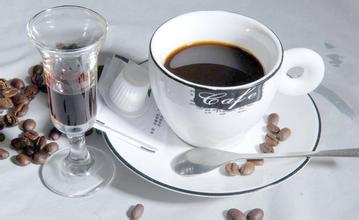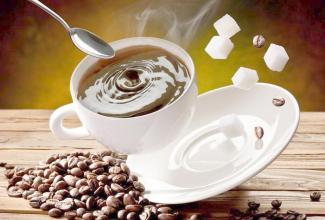Introduction to the Flavor and Taste of Honduran Coffee Bean Variety area treatment Manor Grinding scale
Introduction to the Flavor and Taste of Honduran Coffee Bean Variety area treatment Manor Grinding scale
Honduras produces two kinds of coffee of very good quality, which are highly respected by coffee lovers. One is "Highland Coffee", which grows at an altitude of 1000 to 1500 meters, and the other is "selected Highland Coffee", which represents the highest level of Honduras, which grows at an altitude of 1500 to 2000 meters. Most of the Honduran coffee is exported to the United States and Germany.
The granules of coffee beans in Honduras are large in shape, uniform in size and glossy in color. In order to facilitate harvesting, farmers will prune the coffee trees to no more than 150 centimeters, because if they grow too high, they have to set up ladders to pick, which is not only time-consuming, but also may damage the trees by bending branches. As the ripening period of each fruit of coffee beans is different, in order to maintain the good quality of coffee beans, it is necessary to pick them manually, and then select the ripe fruits. For coffee fruits of the same branch, it often takes several weeks to pick them all.
The 45 seconds after the explosion is the most critical moment in the life of coffee beans. During this period, a series of physical and chemical changes will occur in these beans. They continue to dehydrate and swell, and their sugars turn into caramel and carbon dioxide at high temperatures, and their grayish-green bodies turn yellowish brown, full and shiny; and their substances eventually turn into caramel, flavor oils, quinic acid and caffeine. The flavor oil is a "fragrant family" with more than 800 members.
The composition and content of these aromatics vary greatly according to different producing areas, picking methods, peeling and peeling methods, baking temperature and baking time of raw beans. So far, no one knows exactly what happened to these beans in such a short period of 45 seconds.
"Uncle Dou" opened the floodgates before the beans burst for the second time and went into deep baking. A burning smell sprang up instantly, and the coffee beans, like a flood discharge, poured into the large plate at the front of the stove and cooled quickly, driven by the spiral arm.

Important Notice :
前街咖啡 FrontStreet Coffee has moved to new addredd:
FrontStreet Coffee Address: 315,Donghua East Road,GuangZhou
Tel:020 38364473
- Prev

Introduction of Burundian Coffee Cup Flavor production area characteristics Taste Grinding Calibration Variety treatment method
Burundian coffee cup flavor measurement characteristics of taste grinding scale variety treatment method introduces the aroma about the aroma consists of two parts, dry and wet fragrance. After grinding the beans, the first image and the first item to be scored is the dry fragrance, the aroma of coffee flowers, roasted hazelnuts and roasted almonds are all pleasant aromas. Water injection, the wet fragrance of the broken shell gives people more fantasies, honey, lemon
- Next

Description of Ugandan Coffee Flavor; introduction to the taste of varieties in manor production area by grinding scale treatment
Uganda Coffee Flavor description Grinding scale method the taste of the varieties produced in the manor area introduced later, when ships replaced sailboats, people drank relatively fresh coffee beans due to the shortening of delivery time. But people who are used to drinking Chen beans are not used to this fresh taste, so they desperately pursue old Java coffee, so that the Indonesian government and some businessmen deliberately store fresh beans in warehouses.
Related
- Detailed explanation of Jadeite planting Land in Panamanian Jadeite Manor introduction to the grading system of Jadeite competitive bidding, Red bid, Green bid and Rose Summer
- Story of Coffee planting in Brenka region of Costa Rica Stonehenge Manor anaerobic heavy honey treatment of flavor mouth
- What's on the barrel of Blue Mountain Coffee beans?
- Can American coffee also pull flowers? How to use hot American style to pull out a good-looking pattern?
- Can you make a cold extract with coffee beans? What is the right proportion for cold-extracted coffee formula?
- Indonesian PWN Gold Mandrine Coffee Origin Features Flavor How to Chong? Mandolin coffee is American.
- A brief introduction to the flavor characteristics of Brazilian yellow bourbon coffee beans
- What is the effect of different water quality on the flavor of cold-extracted coffee? What kind of water is best for brewing coffee?
- Why do you think of Rose Summer whenever you mention Panamanian coffee?
- Introduction to the characteristics of authentic blue mountain coffee bean producing areas? What is the CIB Coffee Authority in Jamaica?

